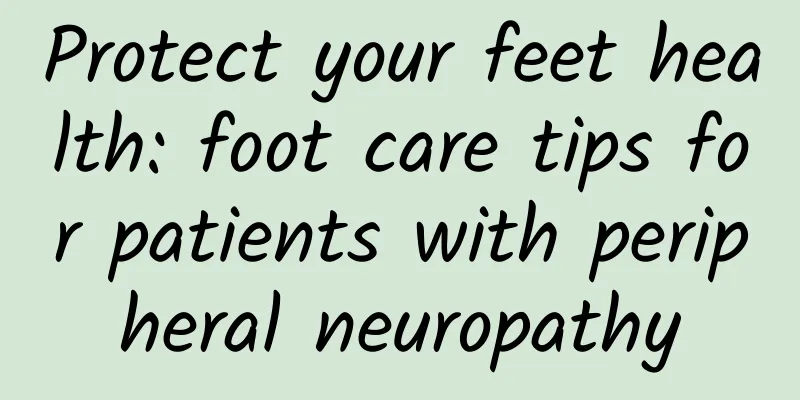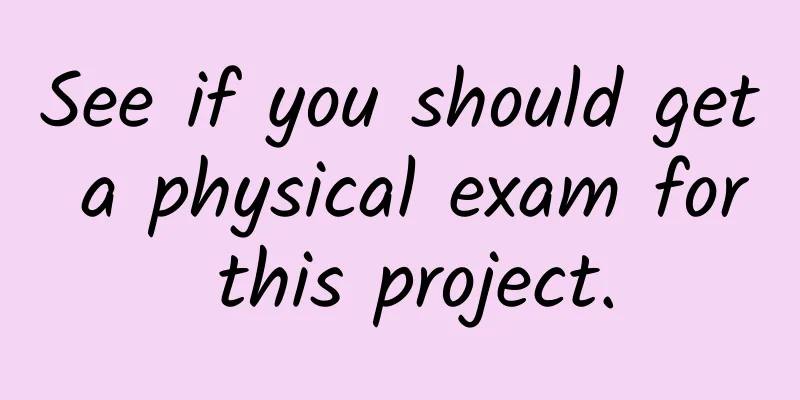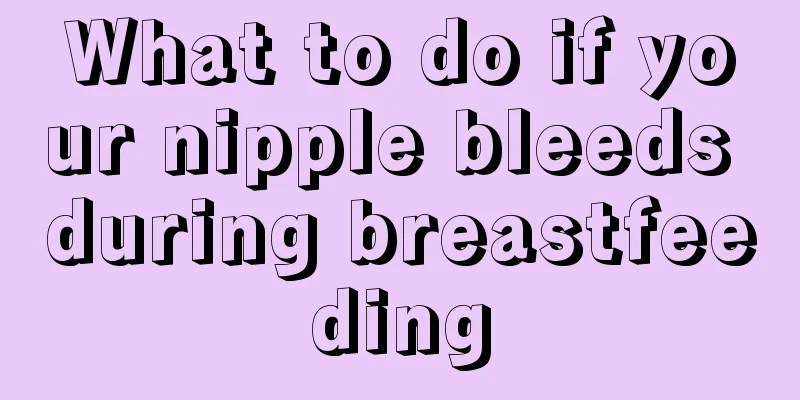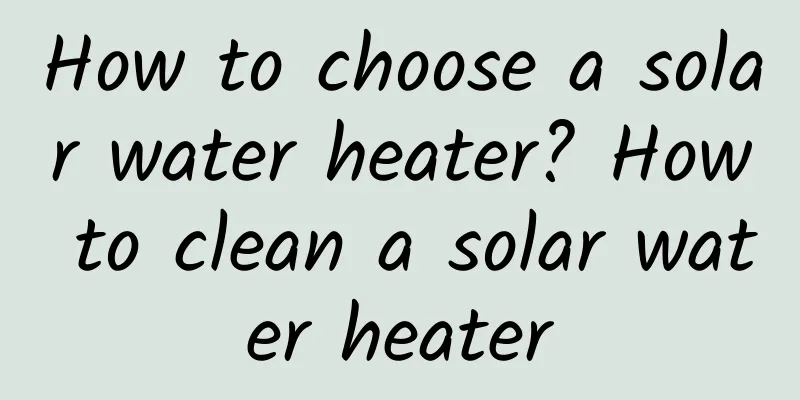Protect your feet health: foot care tips for patients with peripheral neuropathy

|
Author: Zheng Yongsheng, Xu Yafang, Zhang Mingjie, Sun Chong, Huashan Hospital Affiliated to Fudan University Reviewer: Lin Jie, deputy chief physician, Huashan Hospital, Fudan University Foot care is an important part of the daily life of patients with peripheral neuropathy. Without careful observation and proper care, patients may develop foot problems such as pressure sores and ulcers due to changes in blood circulation and decreased sensation caused by peripheral neuropathy, and in severe cases, may even lead to serious consequences due to infection. For patients with peripheral neuropathy, the following care points should be noted: Figure 1 Copyright image, no permission to reprint 1. The shoes worn by the patient should fully cover the toes and support the sole and arch of the foot. There should be about 1.2 cm (equivalent to the width of a thumb) of space at the front of the shoe. The upper should be soft and flexible, with a smooth lining, no wrinkles and obvious seams. Figure 2 Copyright image, no permission to reprint 2. Avoid walking barefoot as much as possible. If it is unavoidable, carefully check your toes and soles for injuries after walking, especially after walking barefoot outdoors. Figure 3 Copyright image, no permission to reprint 3. Foot soaking can promote blood circulation in the feet, but patients with reduced sensation need to test the water temperature before soaking to prevent burns. After soaking, the feet should be dried in time, especially between the toes, to avoid water retention. 4. For hard or dry areas of the feet, you can use oils such as coconut oil, jojoba oil or shea butter to keep the skin moisturized, but avoid using it between the toes. 5. Change your socks at least once a day, preferably cotton. Wear cushioning and sweat-absorbing insoles in your shoes. Check your socks daily for blood or other discharge, which could be a sign of an unnoticed wound or ulcer. Figure 4 Copyright image, no permission to reprint 6. Keep your nails flat and ask your family for help when trimming them to reduce the risk of injury. 7. Corns and calluses on the feet are manifestations of excessive local pressure. You should check whether your shoes fit your feet and pay attention to reducing pressure. To keep warm, you can cover yourself with a blanket or wear warm soft boots, and avoid using hot water bottles to prevent burns. 8. Pay attention to whether the sock opening is too tight. When your calves are swollen, too tight sock openings may hinder blood circulation and aggravate swelling. 9. Do not smoke. Smoking can cause vasoconstriction and reduce blood supply to the feet. Figure 5 Copyright image, no permission to reprint 10. Avoid crossing your legs to avoid reducing blood supply to your legs. Regular walking can help improve blood circulation in your legs. 11. Minimize the use of tape on your feet to reduce the risk of skin damage. Check your feet and the skin between your toes every day. You can use a mirror to help you observe. You can also ask your family or friends to help you check. If you find painless ulcers, cuts, red spots, edema, pus or blisters, you should see a doctor immediately. |
<<: In addition to statins, what other drugs can reduce the risk of atherosclerosis?
>>: Time is an old naughty boy, sitting firmly on the "tumbler"
Recommend
Can babies eat black dates? What are the benefits of eating black dates for babies?
Jujube can improve human immunity and inhibit can...
How to deal with cervical ulcer
For female friends, you must always pay attention...
How to count the days of pregnancy
Many women tend to forget the time of their pregn...
What foods can I eat when I have dysmenorrhea? These foods can actually relieve menstrual cramps!
Dysmenorrhea is a common physiological phenomenon...
What causes vaginal bleeding after sex?
Sex is a way to deepen the relationship between h...
The wild food season has begun again! A list of wild vegetables that Chongqing people love to eat. How many have you eaten?
Chongqing is a mountain city with interlaced moun...
What is the reason for girls to lose hair seriously?
Girls are one of the groups that pursue beauty th...
What are the effects of Huanglian Shangqing Pills and when is it suitable to take them?
Swollen and painful gums, toothaches, and mouth u...
How long after ectopic pregnancy surgery can I have sex
Ectopic pregnancy is very dangerous for women dur...
What to eat to regulate excessive menstrual flow
The arrival of menstruation is troublesome for wo...
Should I buy whole fat or skim fat when I'm pregnant?
The difference between low-fat milk and skim milk...
How to protect your skin in front of the computer? How to protect your skin in autumn
Autumn has quietly entered our lives. The air has...
Can I have sex if I have uterine fluid?
Menstruation is something that every girl will ex...
Why does my right leg always feel numb after a cesarean section?
After a cesarean section, you need to stay in bed...
Is dark red menstrual period normal?
Adult women will have menstruation every month. U...









